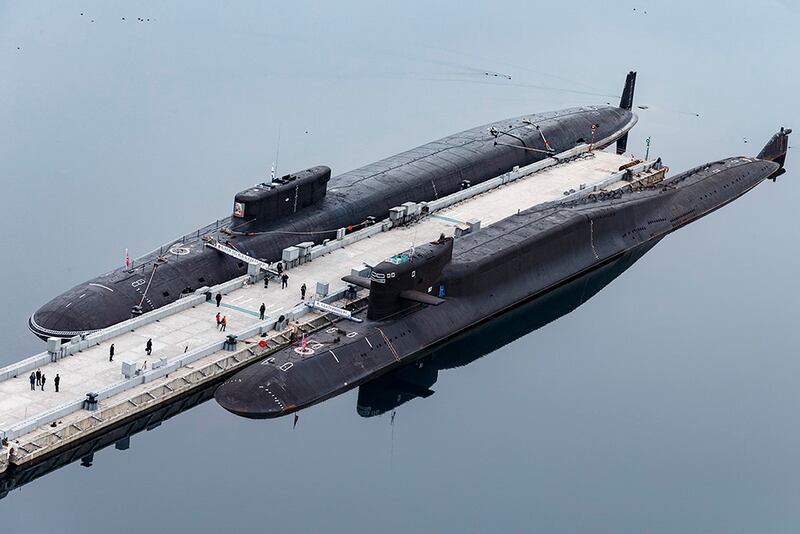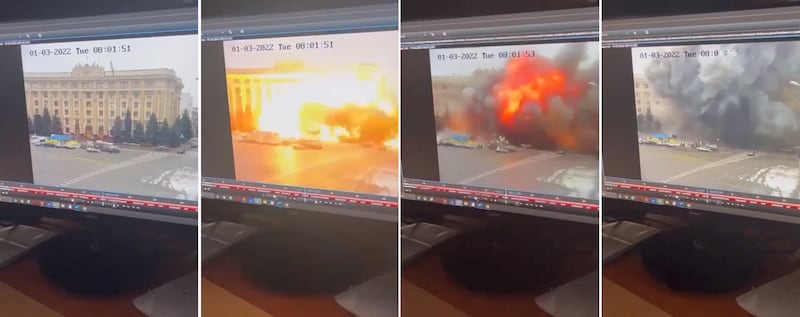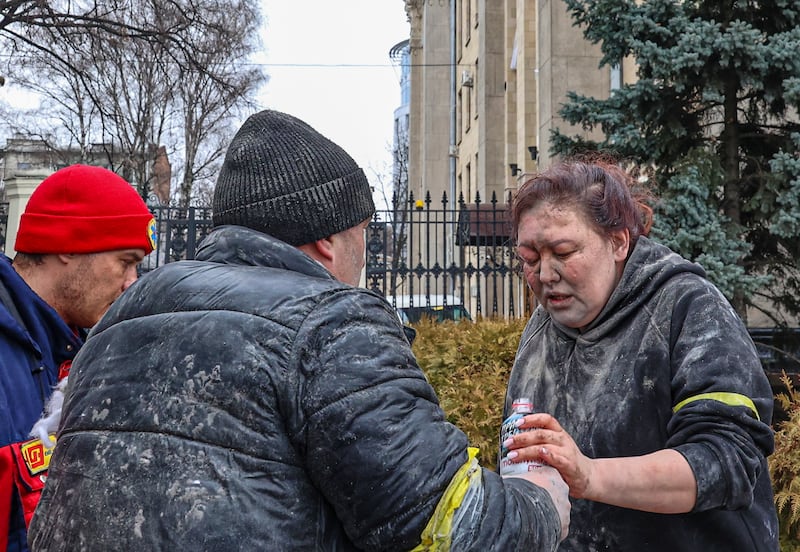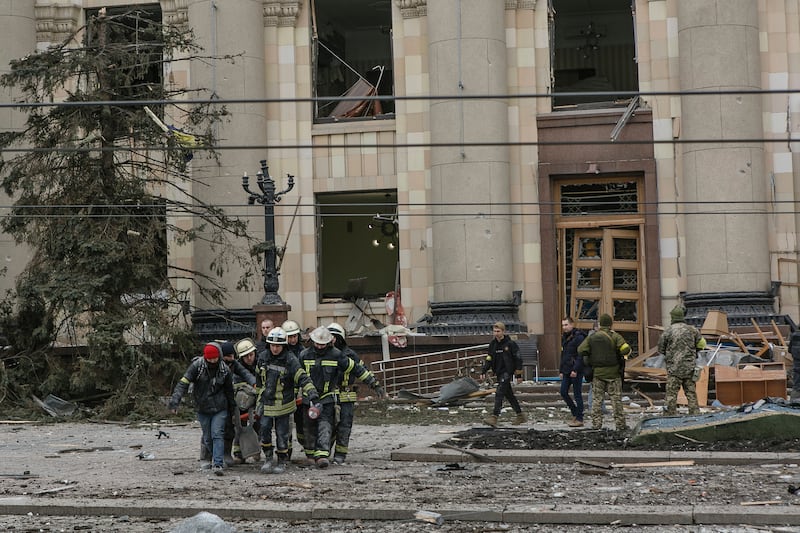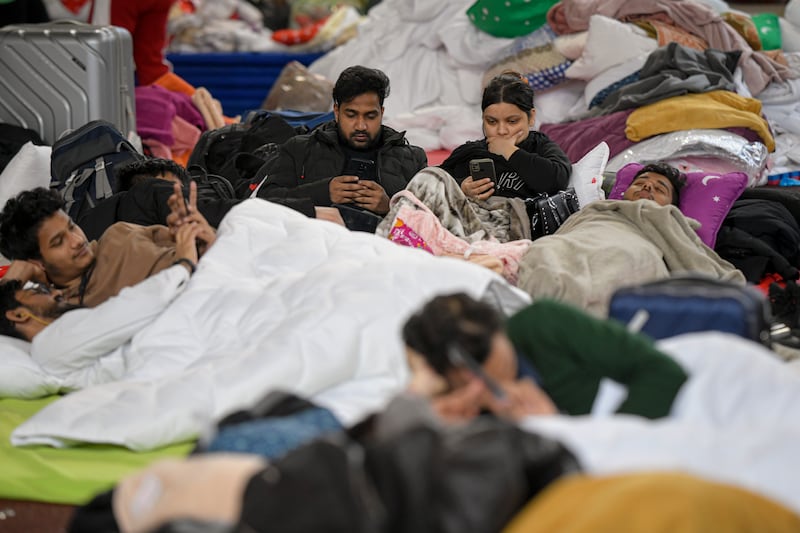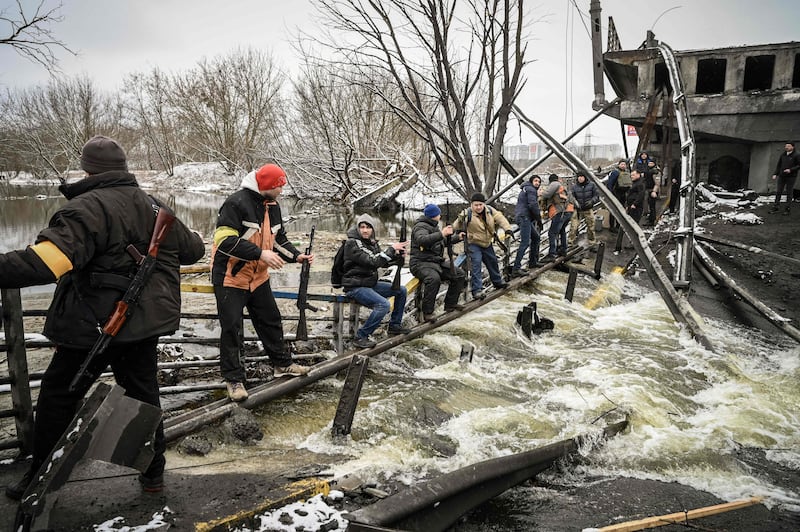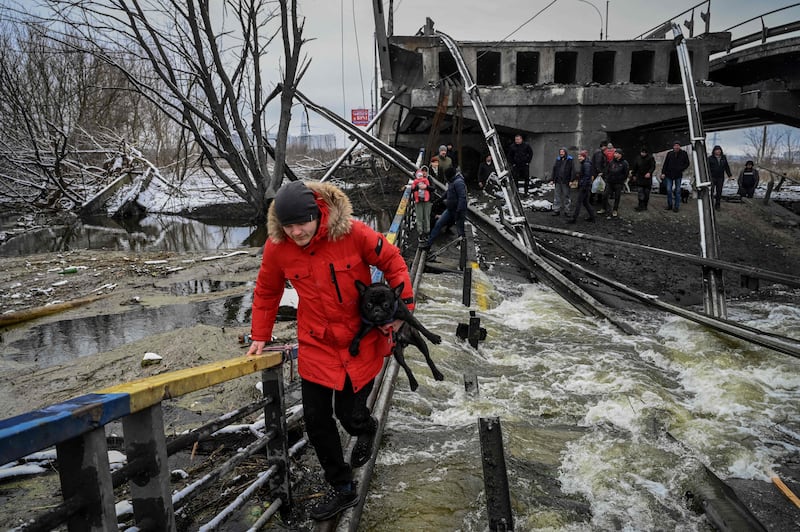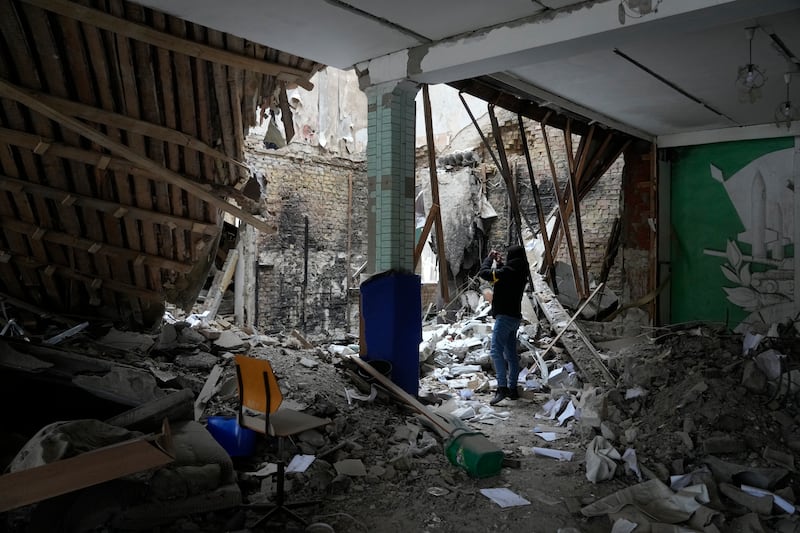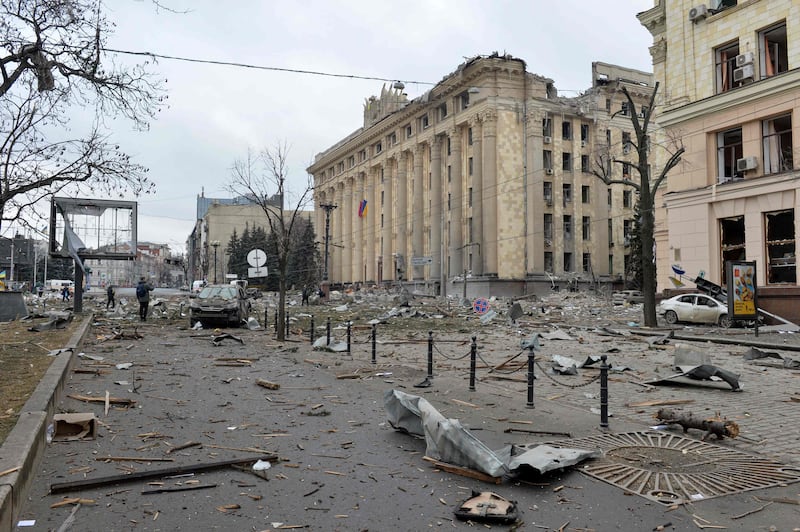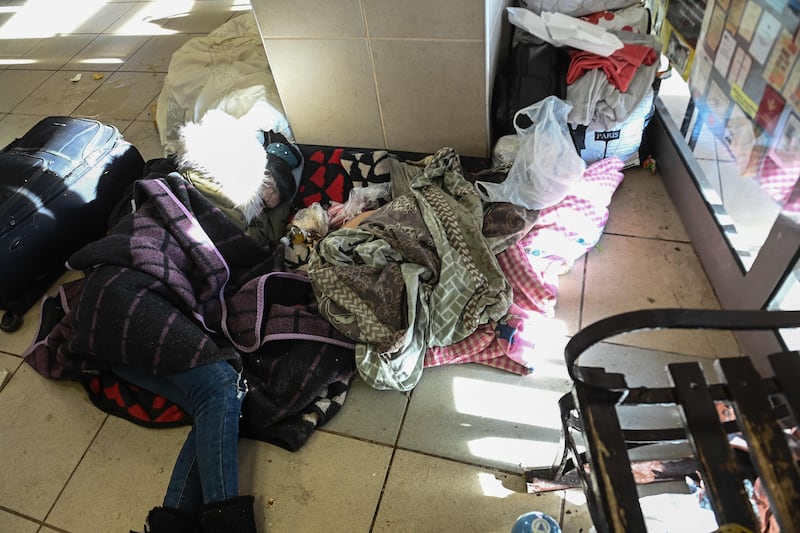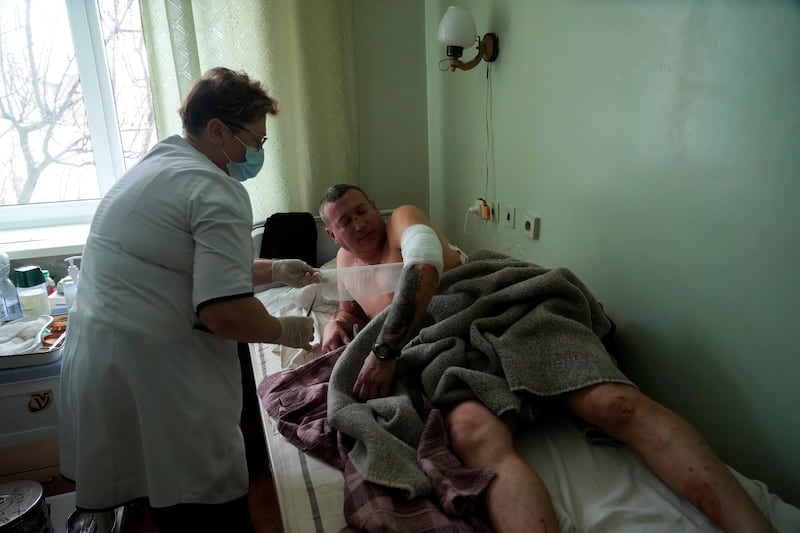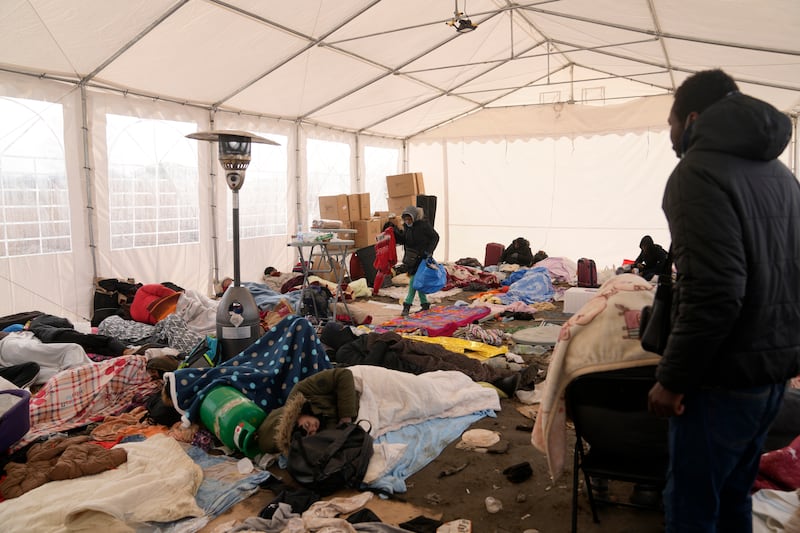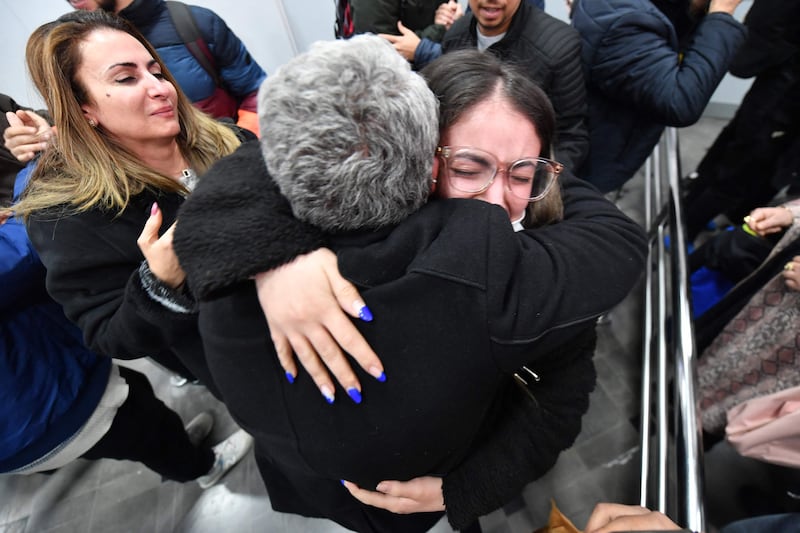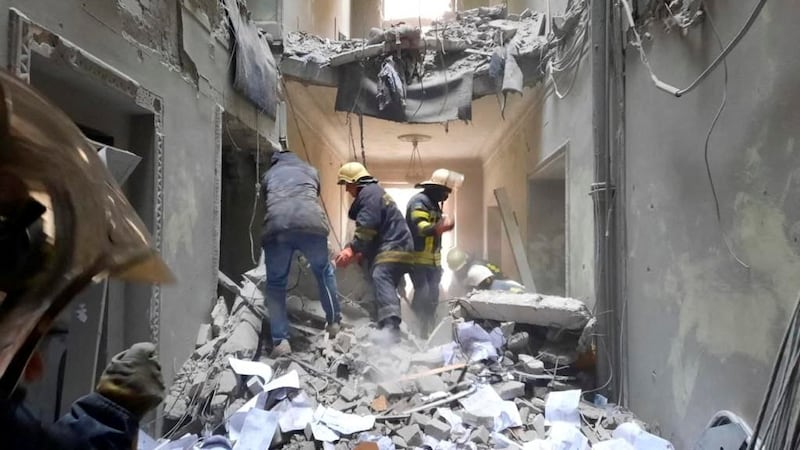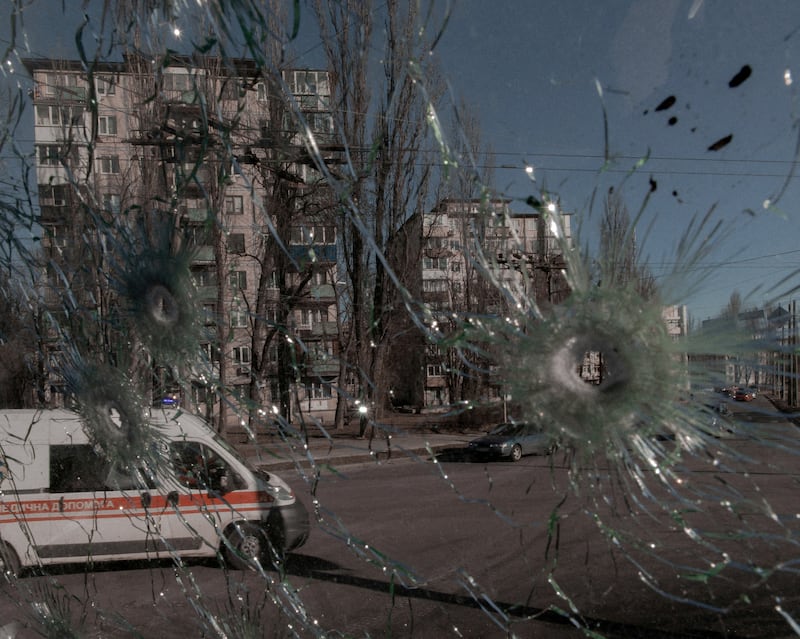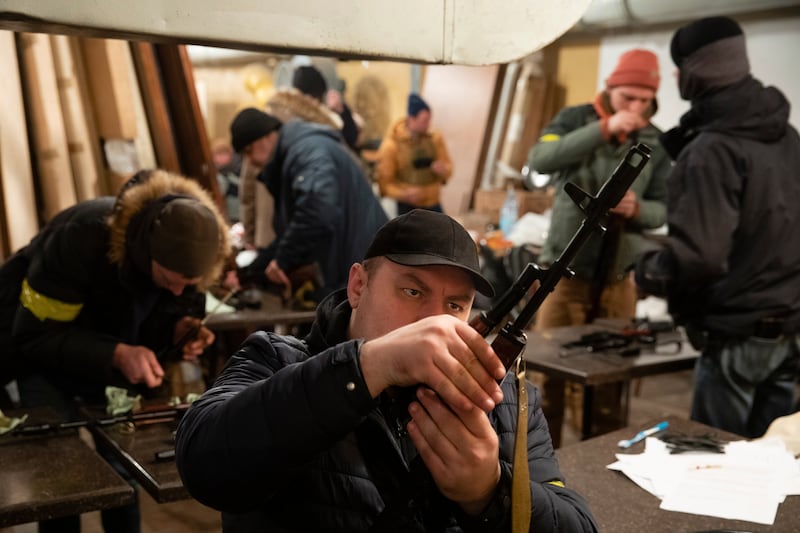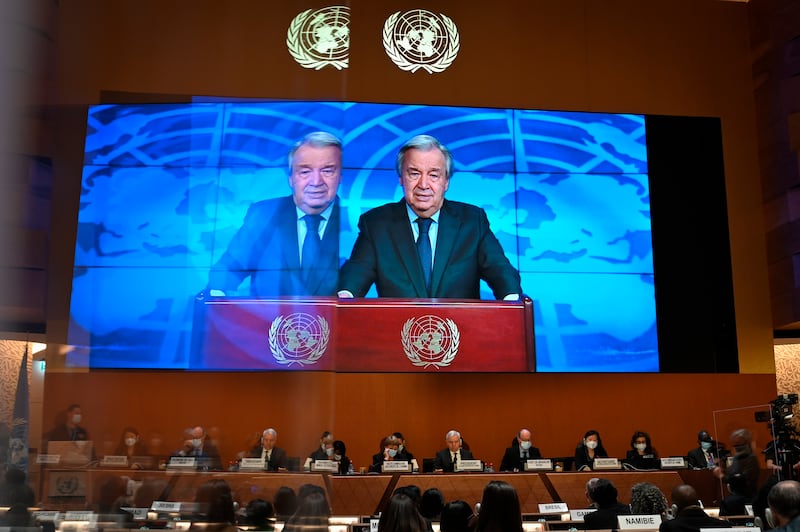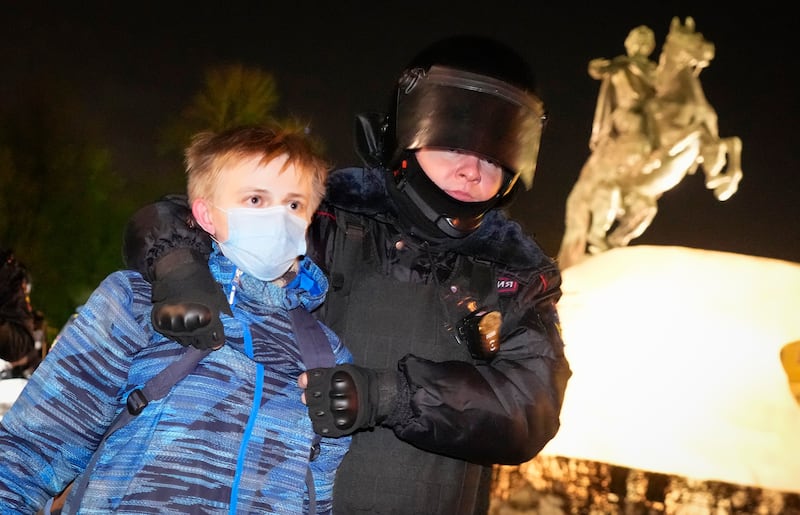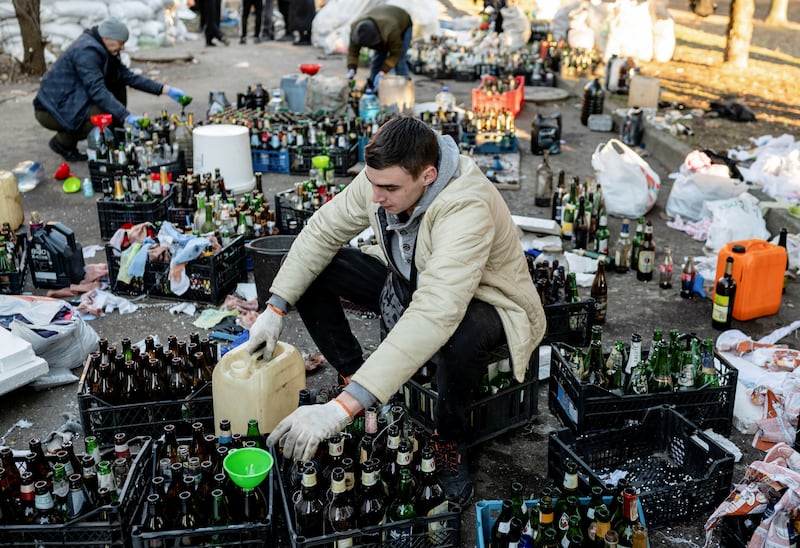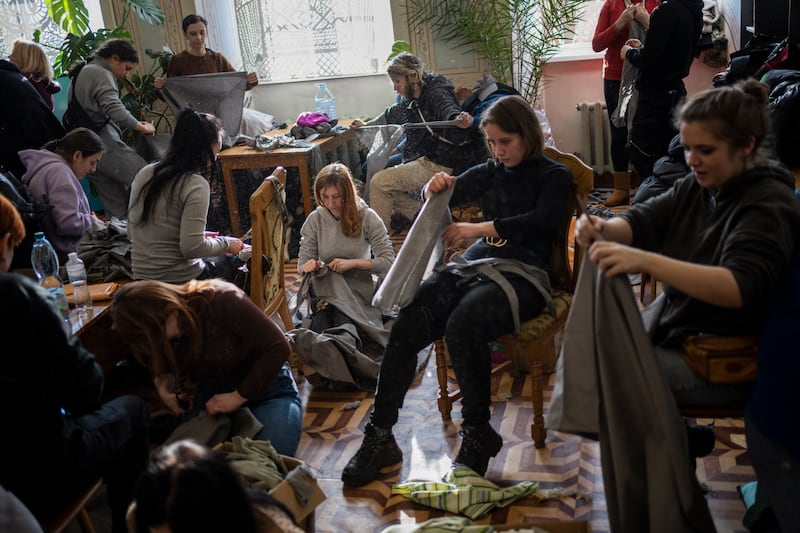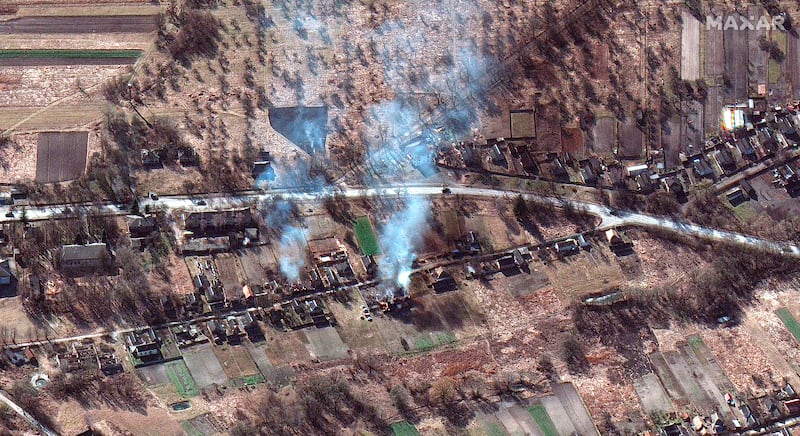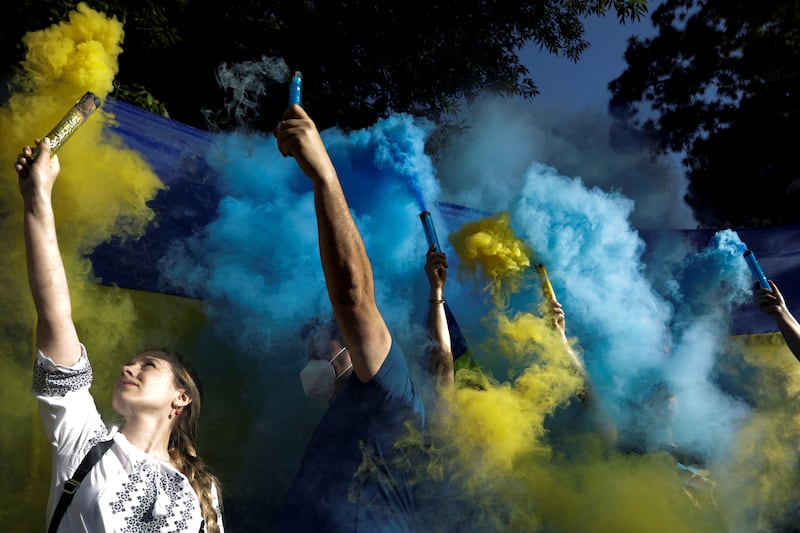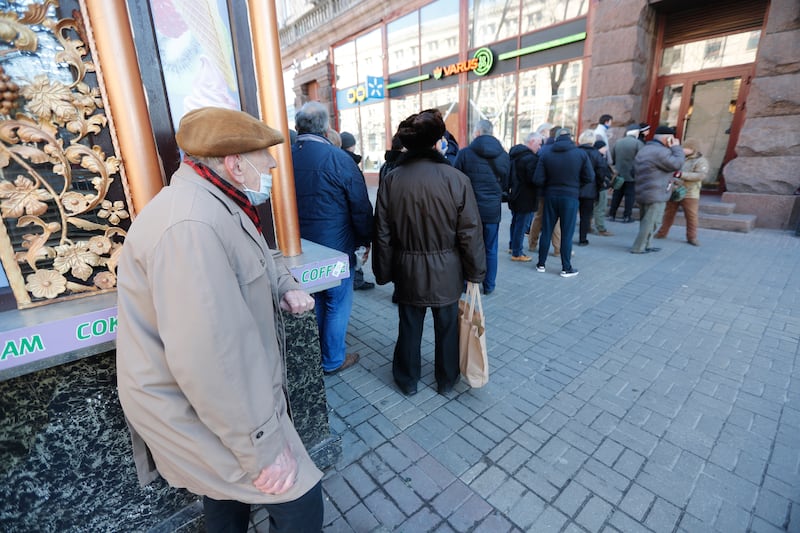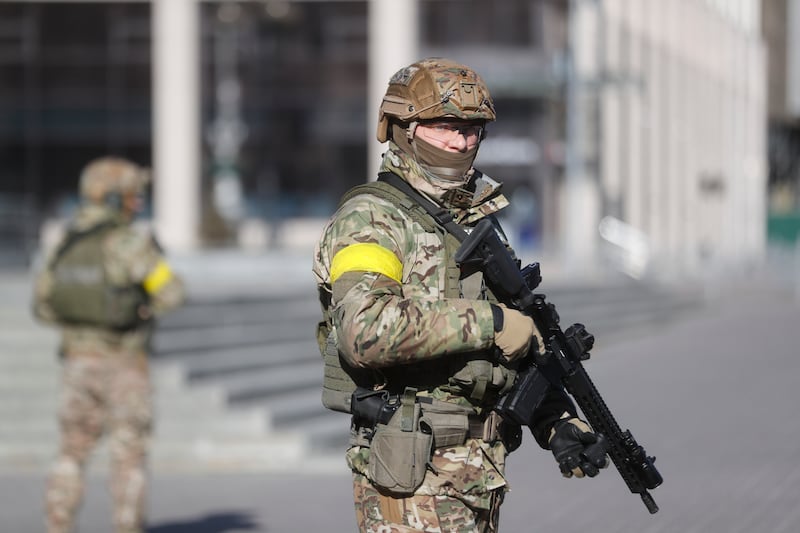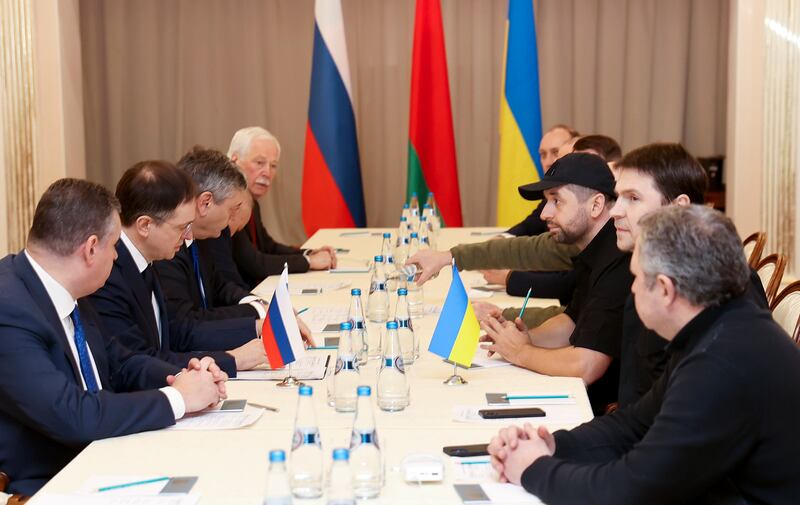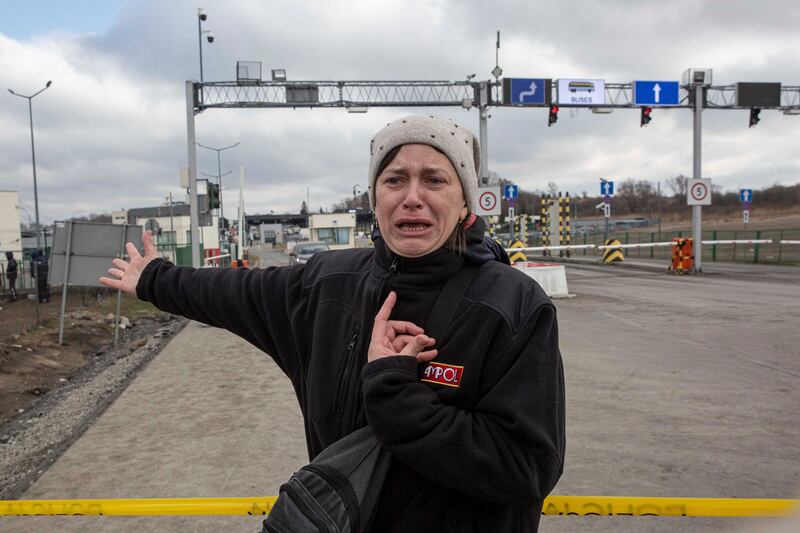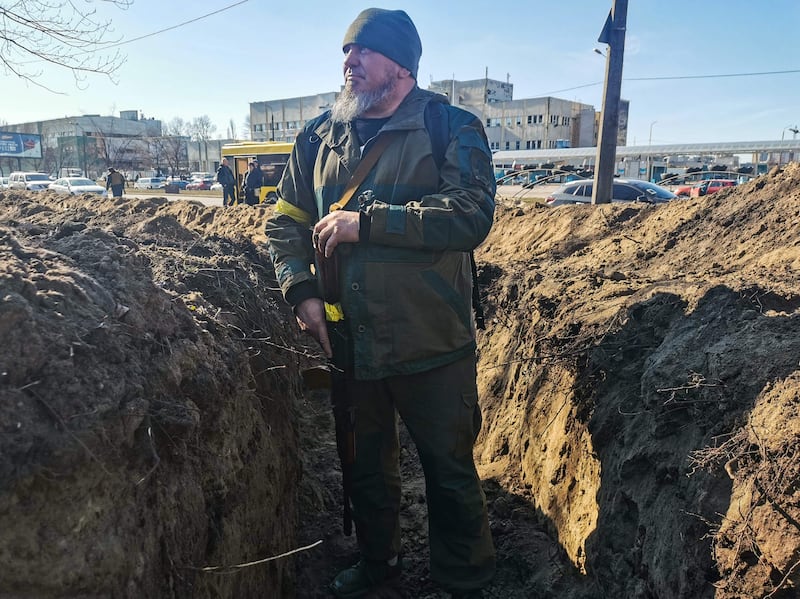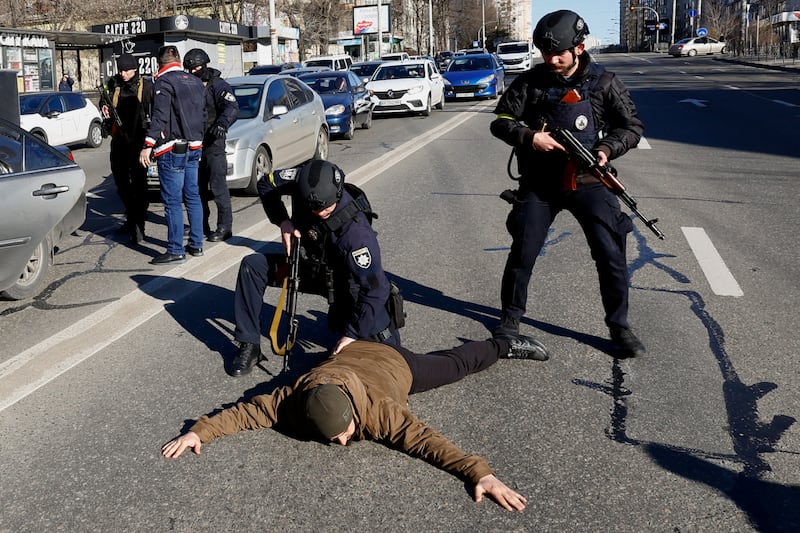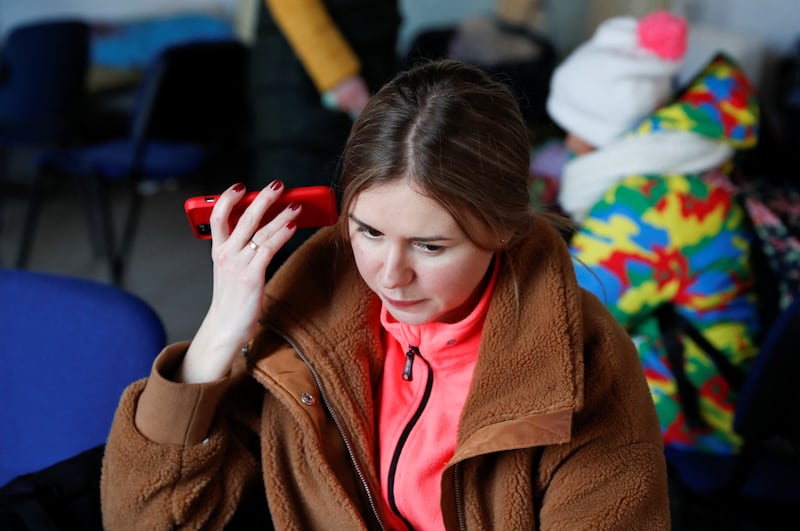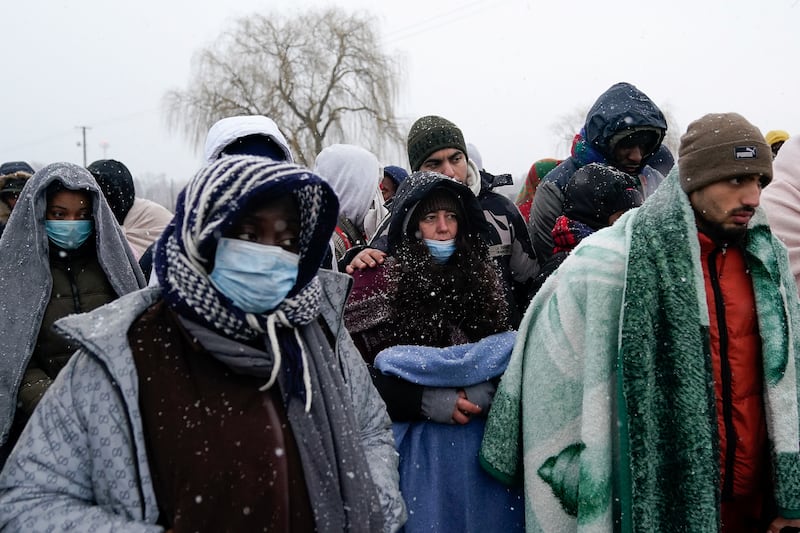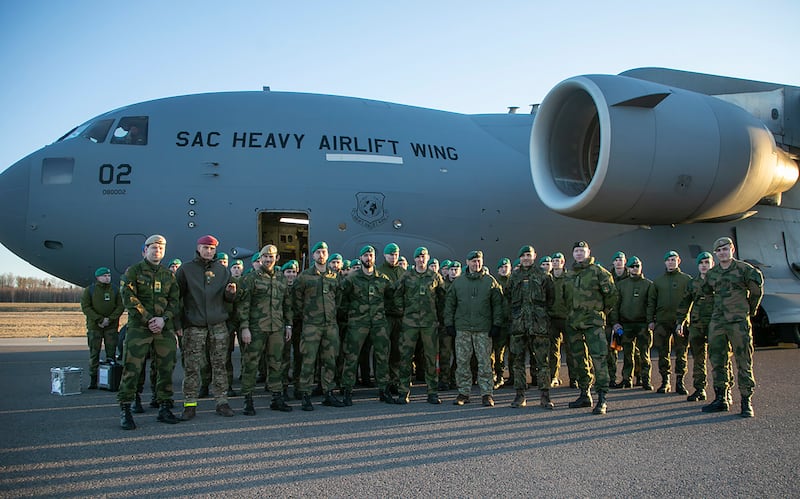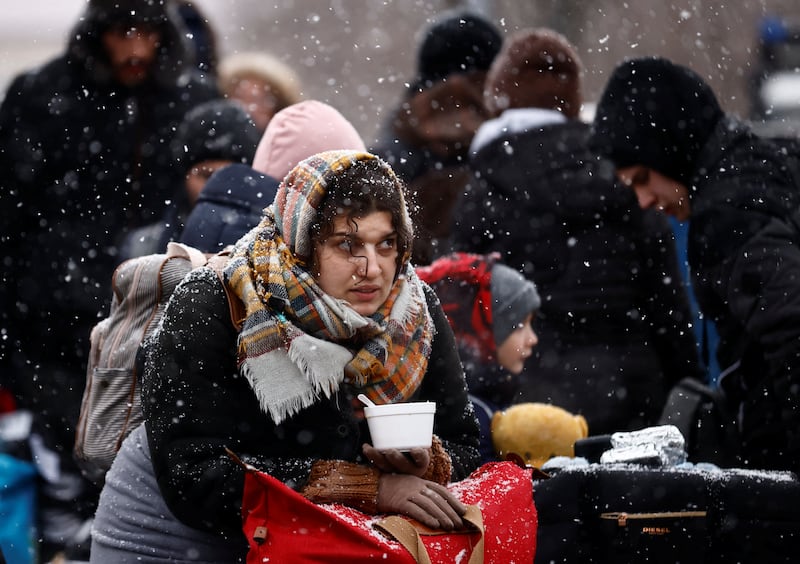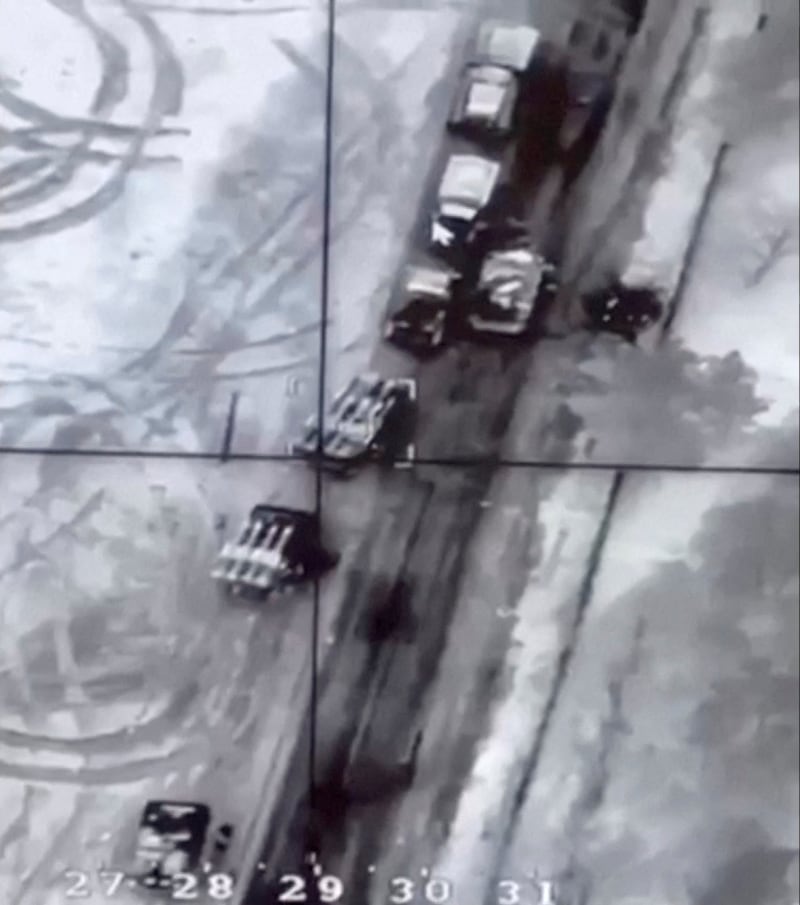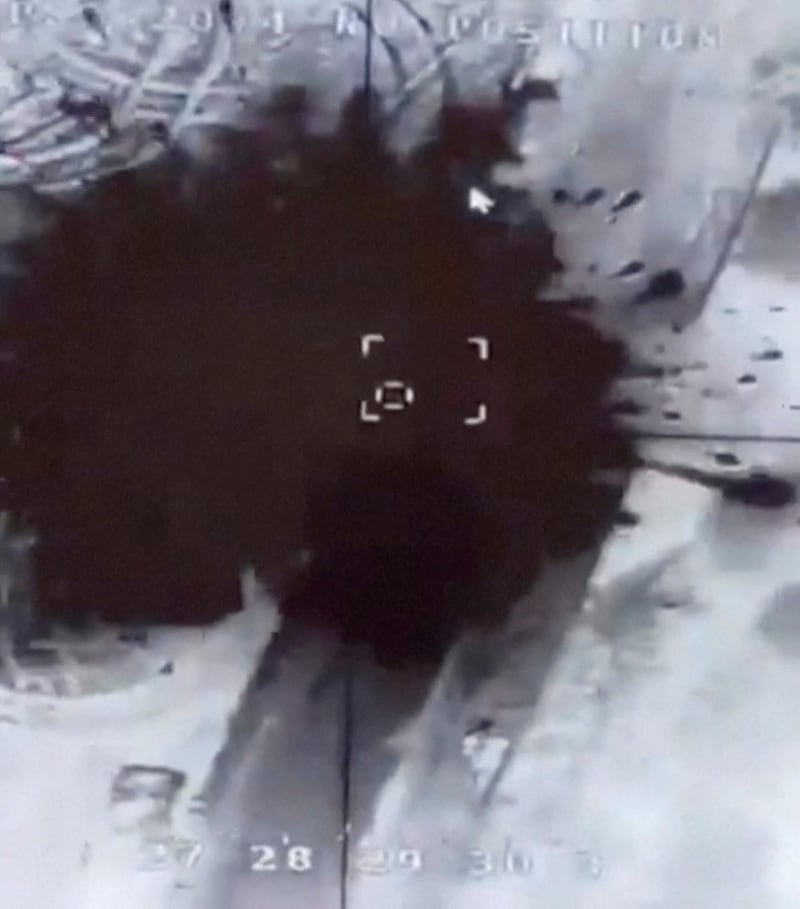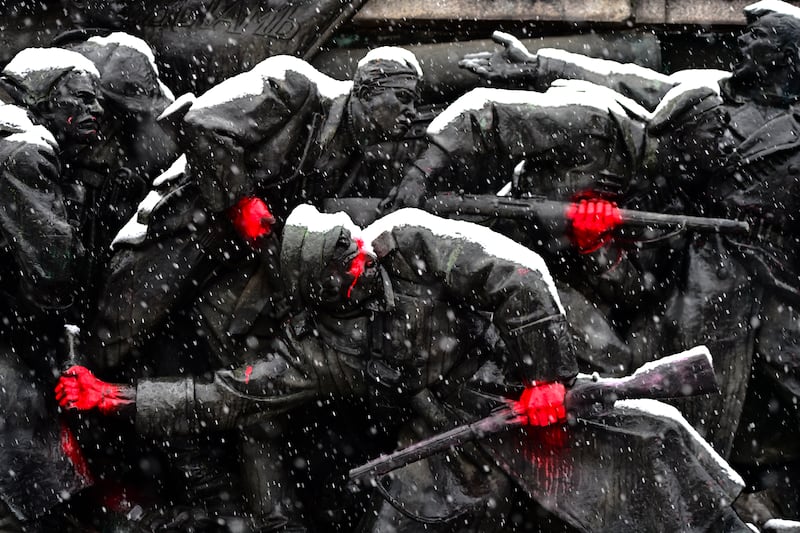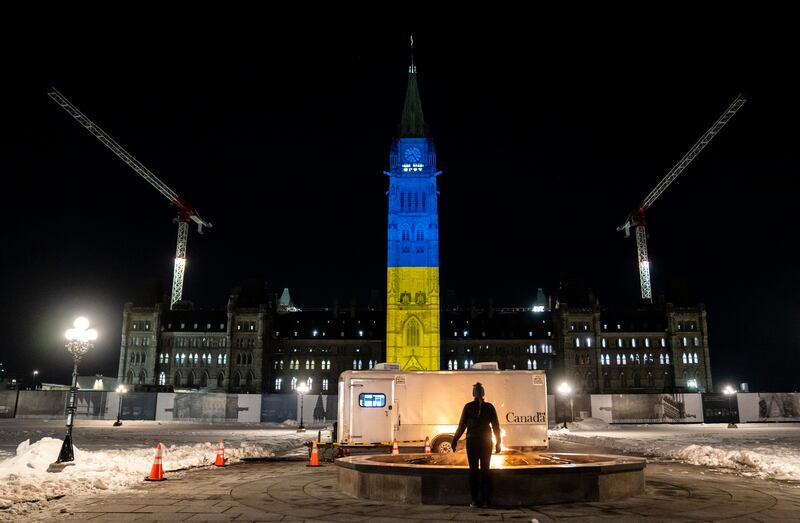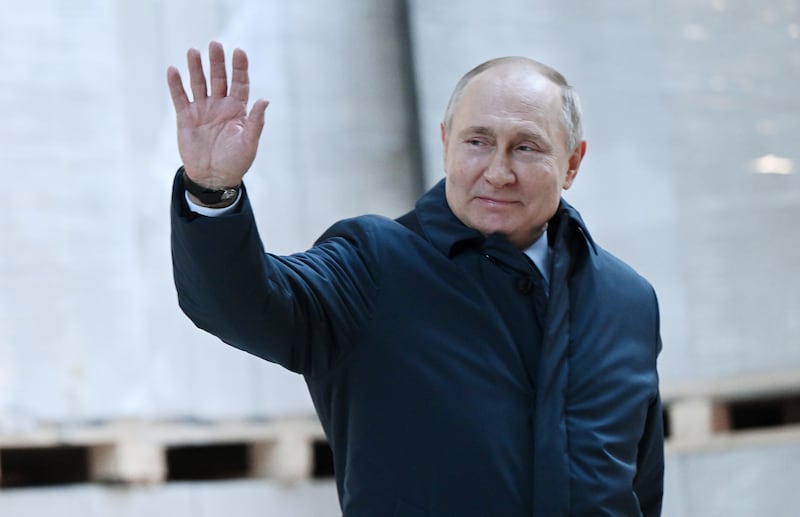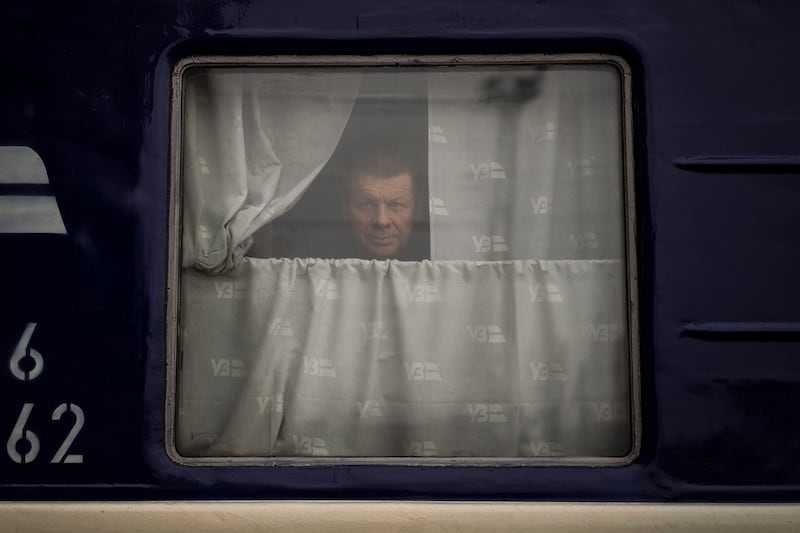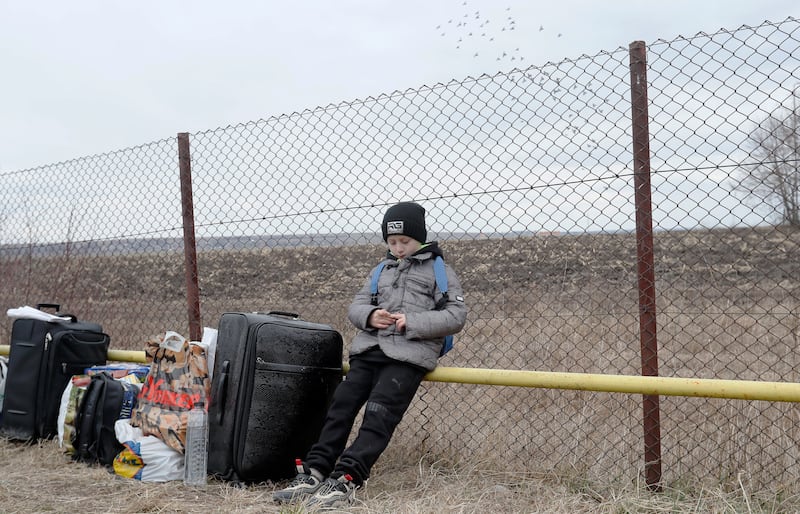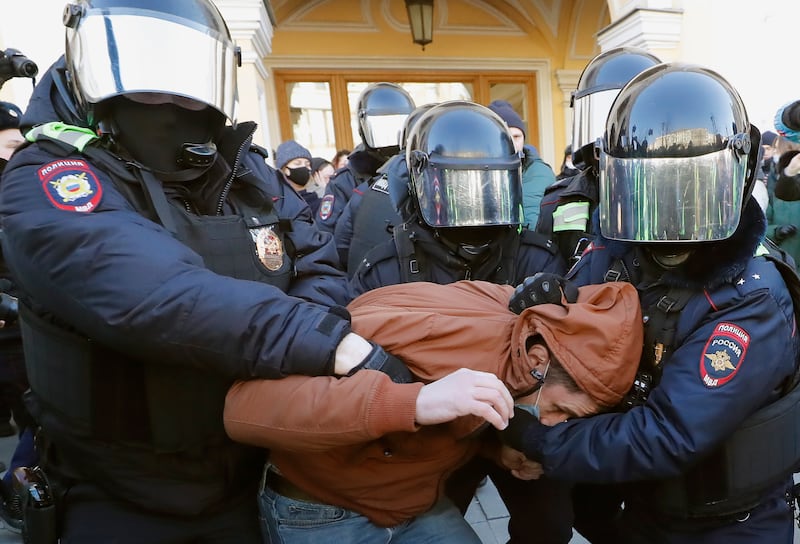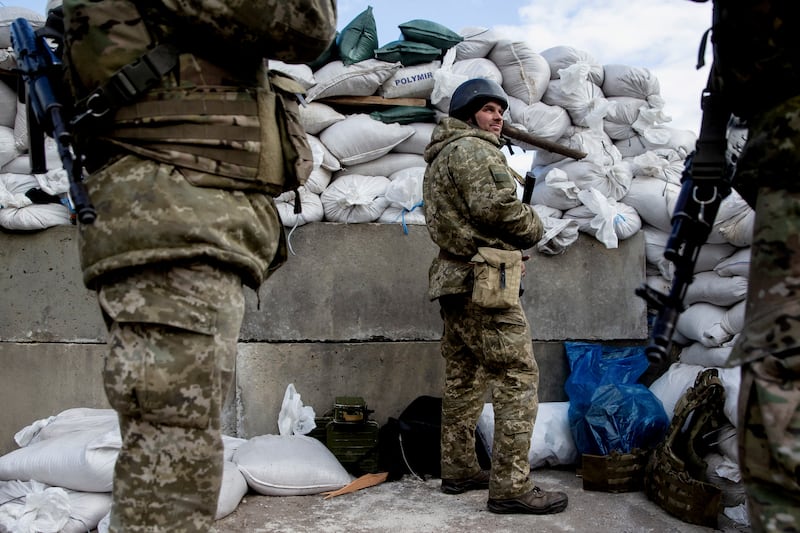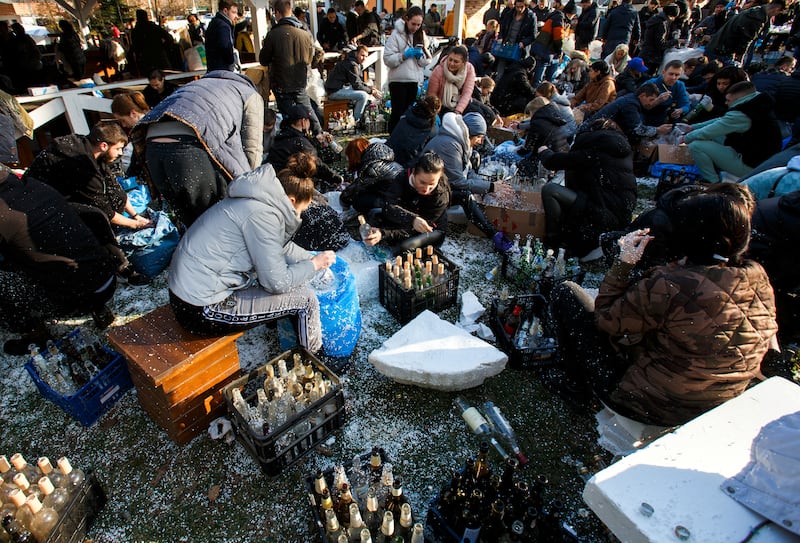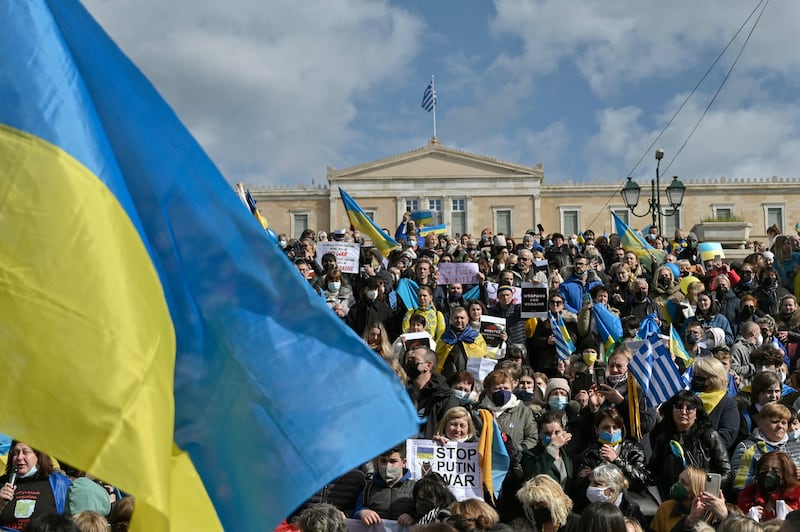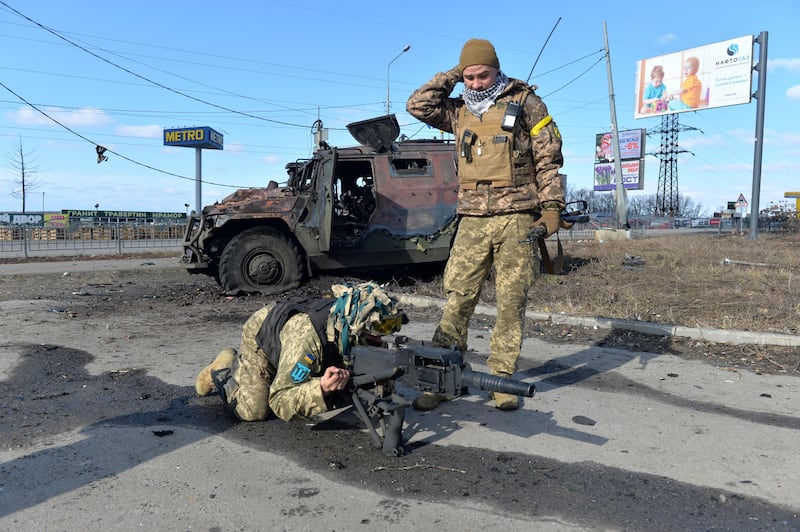Live updates: follow the latest news on Russia-Ukraine
Russian nuclear submarines sailed off for drills in the Barents Sea and mobile missile launchers roamed the forests of Siberia after President Vladimir Putin put his nation’s nuclear forces on high alert over tension with the West over the invasion of Ukraine.
Russia’s Northern Fleet said in a statement that several of its nuclear submarines were involved in exercises designed to “train manoeuvring in stormy conditions”.
It said several warships that had the task of protecting north-west Russia’s Kola Peninsula, where several naval bases are located, would join the manoeuvres.
In the Irkutsk region of eastern Siberia, units of the Strategic Missile Forces dispersed Yars InterContinental ballistic missile launchers in forests to practice secret deployment, the defence ministry said in a statement.
The military did not say whether the drills were linked to Mr Putin’s order on Sunday that put the country’s nuclear forces on high alert amid the Ukraine crisis.
It also was unknown whether the exercises represented a change in the country’s normal nuclear training activities or posture.
Mr Putin’s decree applied to all parts of the Russian nuclear triad, which, like that of the US, consists of nuclear submarines armed with InterContinental ballistic missiles, nuclear-tipped land-based ICBMs and nuclear-capable strategic bombers.
The US and Russia have the two largest nuclear arsenals in the world, by far.
The US said Mr Putin’s move unnecessarily escalated an already dangerous conflict, but so far has announced no changes in its nuclear weapons alert level, perhaps in part because it was unclear what the Russian president’s order meant in practical terms.
Russia and the US have the land and submarine-based segments of their strategic nuclear forces on alert and prepared for combat at all times, but nuclear-capable bombers and other aircraft are not on constant alert.
One party raising the nuclear-combat readiness of bombers or ordering more ICBM-carrying submarines to sea would ring alarm bells for another.
Compared to the US, Russia relies more heavily on nuclear-tipped InterContinental ballistic missiles, which are located in silos or mounted on mobile launchers.
A change in their readiness status could be more difficult to spot and assess.
Mr Putin’s order heightened already soaring tension, drawing comparisons to the 1962 Cuban Missile Crisis during which Moscow and Washington teetered on the brink of a nuclear conflict.
In announcing his decision, Mr Putin cited “aggressive statements” from Nato powers and new, crippling Western sanctions that have frozen Russia’s hard currency reserves — an unprecedented move that threatened devastating consequences for the country's economy.
Kharkiv's regional administration building explodes after missile attack
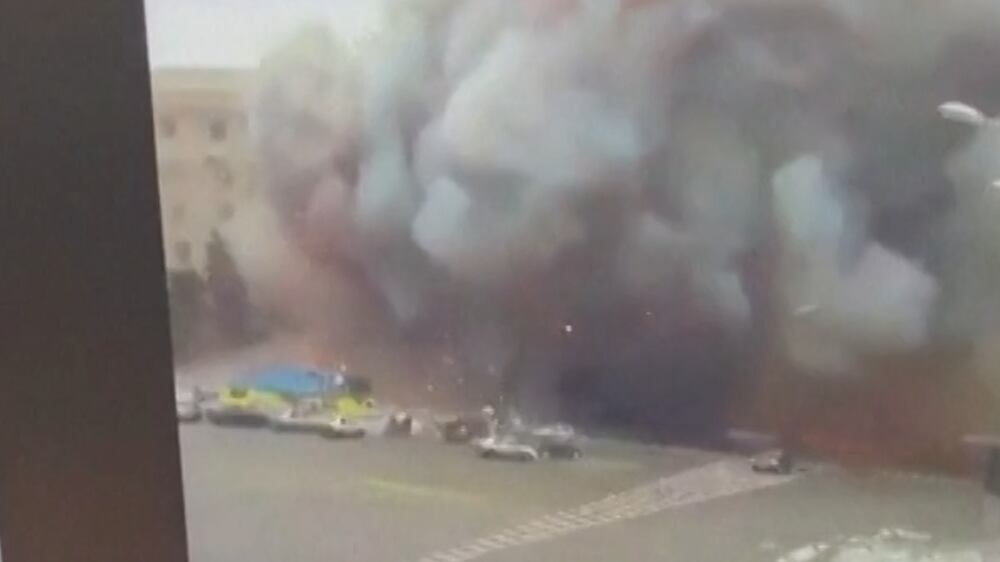
The latest statements from Mr Putin and other Russian officials indicated the Kremlin viewed the western sanctions as a threat on par with military aggression.
Dmitry Medvedev, deputy head of Russia’s Security Council, responded on Tuesday to French Finance Minister Bruno Le Maire vowing that the EU would unleash an all-out economic and financial “war” against Russia.
“Today, some French minister has said that they declared an economic war on Russia,” Mr Medvedev, who served as Russia’s placeholder president in 2008-2012 when Mr Putin shifted into the role of prime minister due to term limits.
“Watch your tongue, sir!
“And don’t forget that in human history, economic wars quite often turned into real ones.”
